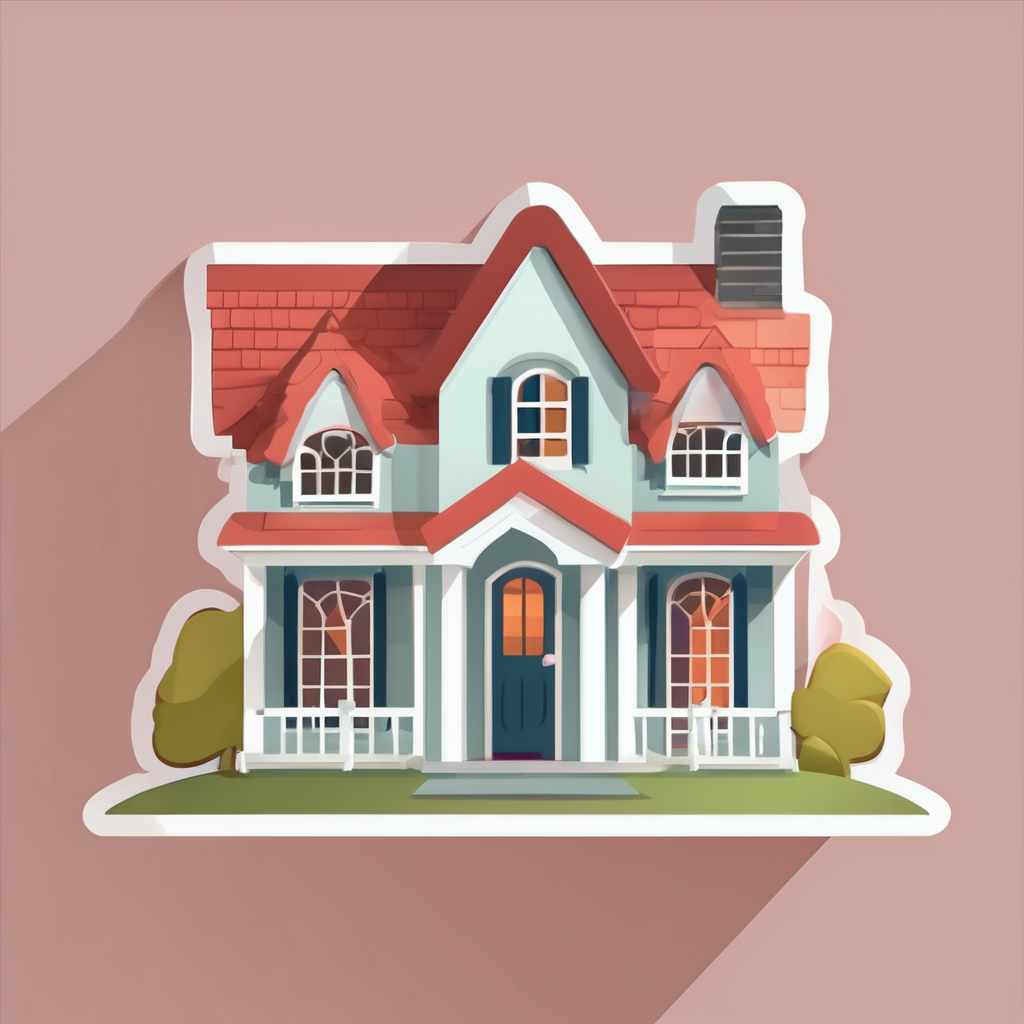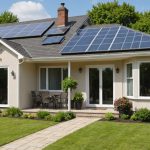Understanding the Dual-Purpose Pool Concept
Creating a _dual-purpose pool* involves space-saving features that support both relaxation and fitness within a single design. These pools combine innovative _pool designs* to balance leisure amenities with fitness facilities, making them ideal for UK homes with limited space.
Definition and Benefits
A dual-purpose pool serves a dual function by offering features for both relaxation and fitness. They are expertly designed to integrate elements such as swim jets for exercise and spa-like features to unwind, benefiting homeowners by maximizing utility and value.
Also read : Transforming Your UK Garden: Creative Ideas for Seamless Pool Cover Designs That Harmonize with Nature
Considerations for Relaxation vs Fitness
When planning your dual-purpose pool, consider how you will use each area. Relaxation elements may include lounge chairs and hot tubs, while fitness features could include swim lanes and resistance jets. Critical attention to design can ensure both aspects are accommodated, enhancing user experience.
Importance of Space and Layout
In smaller UK homes, space and layout play crucial roles. Efficient layouts can seamlessly blend relaxation and fitness elements. Ensure your design optimizes available space to create functional yet aesthetically pleasing pool areas for maximum enjoyment in a limited setting.
Topic to read : Effortless Elegance: Designing a Low-Maintenance Pool in the UK
Designing Your Pool for Fitness and Relaxation
Creating a multi-function pool involves careful attention to pool features that cater to both invigorating workouts and serene relaxation. Emphasizing design elements that facilitate fitness and leisure is crucial. Here’s how to achieve the perfect harmony:
Recommended Shapes and Sizes
To accommodate various activities effectively, consider integrating optimal dimensions into your pool design. Swim lanes are essential for fitness-focused users, with recommended dimensions ensuring a practical space for uninterrupted laps. Incorporating both shallow and deep areas can support diverse activities, allowing room for both casual swimmers and more rigorous exercisers.
Essential Features for Fitness
Install swim jets to introduce a challenging aquatic workout. These jets create water currents that serve as a resistance training medium, enhancing the pool’s fitness functionality. Including adjustable speed settings can also tailor the difficulty to suit users of varying fitness levels.
Relaxation Features
For ultimate relaxation, integrate spa-like elements such as strategically placed jets or a hot tub area. These features provide soothing hydrotherapy experiences, benefiting both physical recovery and mental relaxation. Design gentle lounging spaces adjacent to active areas, ensuring a seamless transition from workout to wind down. This allows for post-exercise recovery, enhancing the overall usability and enjoyment of your pool space.
Landscaping Around the Pool
Pool landscaping is crucial for creating an inviting space that enhances both the aesthetics and utility of your dual-purpose pool. Selecting the right plants and flowers contributes to a serene environment. Opt for low-maintenance greenery that thrives in the UK climate, such as lavender or ornamental grasses. These plants add visual appeal without overwhelming the area.
Incorporate outdoor furniture that complements your relaxation spaces. Consider durable materials like teak or resin wicker, which offer longevity while maintaining style. Adding comfortable chairs and tables facilitates leisure activities and social gatherings, elevating the appeal of your pool surroundings.
Safety features are essential, with non-slip surfaces being a priority. These surfaces are especially important around wet areas to prevent accidents. Consider installing clear pathways with textured finishes to guide movement and improve safety. Additionally, strategically placed lighting along these paths enhances visibility for evening use.
Overall, thoughtful pool landscaping marries functionality with nature, turning your outdoor space into a harmonious retreat. By prioritising these design elements, you ensure that your pool area is a safe and enjoyable space for relaxation and fitness, fitting seamlessly into your lifestyle.
Maintenance Considerations
Ensuring your pool remains in pristine condition requires diligence and knowledge of pool maintenance practices. Proper attention to water quality and care tips ensures a healthy and enjoyable pool environment.
Routine Maintenance Practices
Effective maintenance starts with understanding essential filtration and circulation systems. These systems are critical in keeping the water clean by removing debris and contaminants. Regular checks and cleaning schedules for different pool types—such as concrete, vinyl, or fibreglass—are vital. This includes skimming the surface, brushing walls, and vacuuming the pool floor.
Seasonal Preparations
Adapting to the UK climate involves specific seasonal preparations. For instance, when winter approaches, it is crucial to protect your pool against debris and frost damage. Winterizing pools entails lowering the water level, adding antifreeze, and covering the pool to preserve water quality during colder months.
Budget for Maintenance
Maintaining a pool requires foresight in budgeting, considering costs for upkeep and repairs. Energy-efficient solutions like solar covers or variable-speed pumps can substantially reduce long-term expenses. Allocating funds wisely also aids in addressing unforeseen issues, ensuring the pool remains a viable investment. Preparing a maintenance budget helps in maintaining pool longevity and performance.
Cost Considerations for Your Pool
When planning for a pool, understanding pool costs is essential to manage your budget effectively. It’s important to break down initial installation expenses, which can include materials, labor, and essential pool features. These initial costs can vary significantly, depending on whether you choose a simple design or opt for luxurious additions like integrated spa-like elements.
In terms of long-term investment, consider preparing for regular pool maintenance, which encompasses cleaning, water quality checks, and potential repairs. Allocating funds for these recurring costs ensures the pool’s longevity and consistent usability.
A comparative analysis should also be conducted to understand the cost discrepancies between different materials, such as concrete versus fiberglass or vinyl. Budgeting for features, like adjustable swim jets or energy-efficient systems, can also impact your overall expenditure.
Moreover, exploring energy-efficient solutions, such as solar-powered heaters or variable-speed pumps, can lead to long-term savings on energy bills, adding to the financial benefits while reducing the carbon footprint of your pool. This analysis aids in making informed decisions, ensuring a sound investment in your pool’s future.
Adapting to UK Climate and Space Restrictions
UK Climate plays a significant role in pool design, especially considering the frequent temperature fluctuations. Using coverings helps retain heat, making the pool usable throughout the year. Heaters are also advisable, offering a consistent temperature regardless of external conditions.
Influence of Weather on Pool Design
Weather considerations impact the usability and longevity of a pool. To combat the chillier climate, efficient covering solutions such as retractable pool covers are essential. These not only conserve warmth but also keep debris out, reducing maintenance efforts.
Navigating Local Regulations
When installing a home pool in the UK, understanding local regulations is crucial. Adhering to planning permissions ensures your installation aligns with safety and environmental standards. This involves checking with your local council for specific guidelines.
Maximizing Limited Space
Space constraints require inventive design techniques to efficiently use every inch available. Multi-functional outdoor areas, like incorporating seating or entertainment spaces, enhance usability. Custom-shaped pools can fit within limited dimensions, transforming any small backyard into a versatile retreat. Thoughtful space planning ensures that your pool fulfills both relaxation and fitness needs while respecting space limitations.











